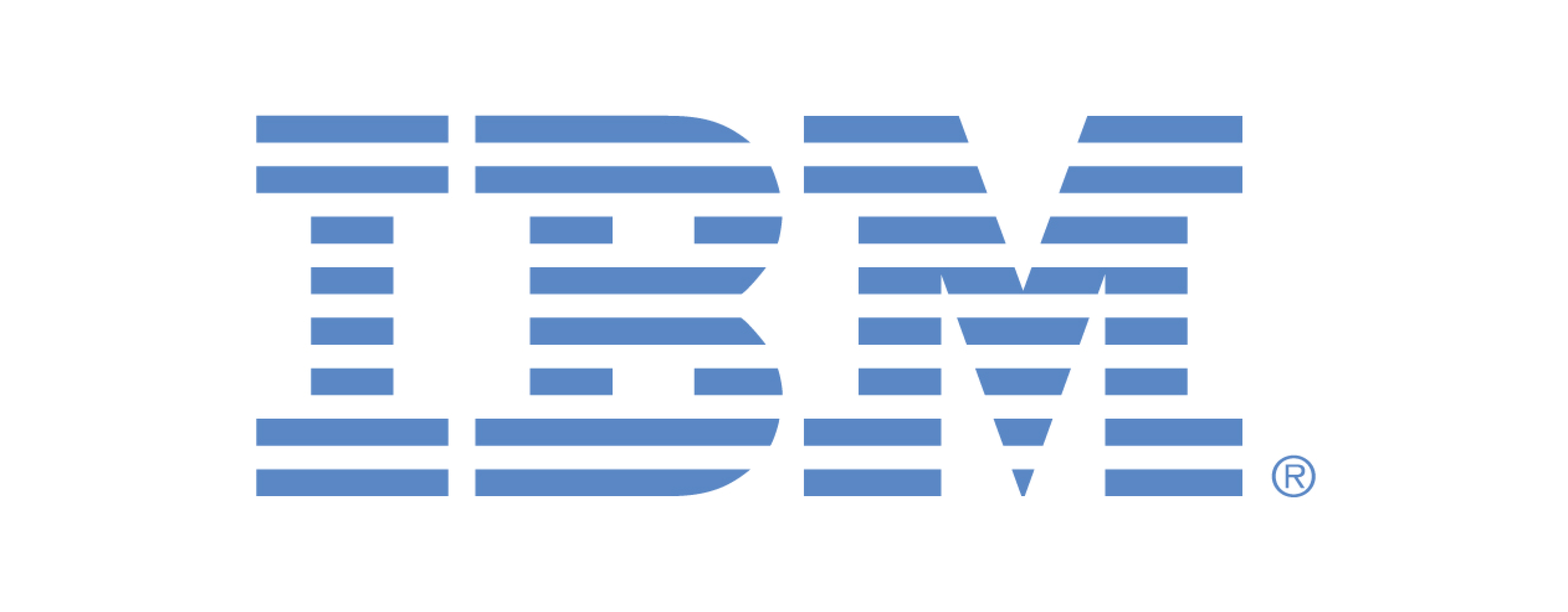Sustainability data and technology services
A comprehensive data strategy is critical to driving and implementing successful sustainability transformations. As your financial services firm navigates the sustainability agenda, the right data and technology services can help you identify and manage sustainability risks, report on progress to stakeholders, and create innovative sustainability-led products and services.
Sustainability related data & technology for financial services
Watch as our leaders discuss how having the right data frameworks in place can deliver long term value and how organizations can leverage data and technology to accelerate their transition to a more sustainable future.
What EY can do for you
As financial services organizations embark on sustainability transformations, data and technology should sit firmly at the forefront. Two areas in particular are critical to success:
- The organization’s own data and technology footprint
- How the organization finances sustainable finance products and services
Data forms an essential part of three key areas of a firm’s sustainability agenda:
- How should you reframe your strategy? Data is needed to identify areas where increasing sustainability creates a competitive advantage and long-term value.
- How can you govern and operate a more sustainable business? Data helps you manage sustainability-related regulatory requirements.
- Where can you accelerate your transition and build trust? Data supports key sustainability initiatives, such as decarbonization, and helps you communicate progress to your stakeholders.
With the right data strategy and frameworks in place, your financial services organization is better positioned to support the projects and innovations that will drive sustainability and tell a compelling and credible story about the measurable difference they’re making.
Key areas of support
EY teams can support your journey with a structured approach to assessing and addressing key sustainability data challenges, that can flex and scale to meet your organization’s current maturity stage.






